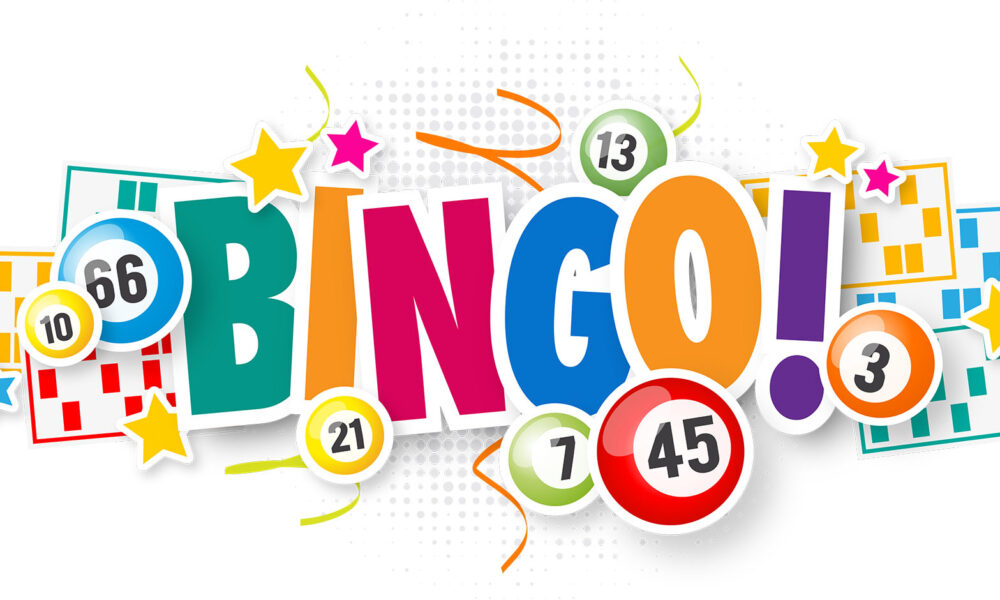
Bingo is a game that has been entertaining people for centuries. It originated in Italy in the 16th century as a lottery-style game called “Lo Giuoco del Lotto D’Italia”. However, it wasn’t until the 20th century that bingo became popular in the United States and other parts of the world.
One of the most interesting aspects of bingo is the variety of patterns that can be used to win the game. In the early days of bingo, the only pattern that was used was the classic straight line. This pattern required players to mark off five numbers in a row, either horizontally, vertically, or diagonally.
As the popularity of bingo grew, so did the variety of patterns that were used. Soon, players were able to win by marking off different shapes, such as the letter “L”, “T”, or “X”. Other popular patterns included the four corners, postage stamp, and blackout.
The Evolution of Bingo Patterns

In the 1960s, bingo patterns took a sharp turn towards the bizarre when a company called Arrow International introduced the “crazy kite” pattern. This pattern required players to mark off numbers in the shape of a kite.
Other crazy patterns soon followed, including the “crazy snake”, “crazy arrow”, and “crazy golf”. These patterns were a hit with players who were looking for something new and exciting.
Today, bingo patterns continue to evolve and change. Some of the most popular patterns include the diamond, chevron, and double bingo. There are even patterns that are based on popular themes, such as holidays or seasons.
How Patterns Affect the Game
The use of different patterns in bingo can have a significant impact on the game. For example, a straight line pattern is typically easier to achieve than a more complex pattern, such as the blackout. This means that games with more complex patterns may take longer to complete, and may require players to mark off more numbers.
Additionally, some patterns may be more popular than others. For example, the diamond pattern is often used in high-stakes games because it is more challenging to achieve than a straight line pattern.
The history of bingo patterns is a fascinating one that reflects the changing tastes and preferences of players over the years. From classic straight lines to crazy shapes, bingo patterns have evolved to keep players engaged and entertained. Whether you prefer a simple straight line or a more complex pattern, there is sure to be a bingo game out there that will suit your tastes.

